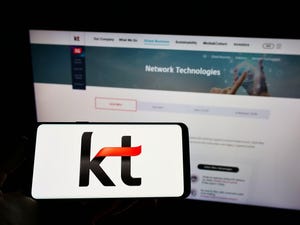Velocix CEO on pay-TV's streaming shift and how to get more out of cloud DVR
Jim Brickmeier, the new CEO of streaming software company Velocix, joins the podcast to discuss his top priorities, key market trends and finding the right balance between public and private CDNs.
Jim Brickmeier, the new CEO of streaming software company Velocix, joins the podcast to discuss his top priorities, key market trends and finding the right balance between public and private CDNs.
About the Author(s)
Subscribe and receive the latest news from the industry.
Join 62,000+ members. Yes it's completely free.
You May Also Like












